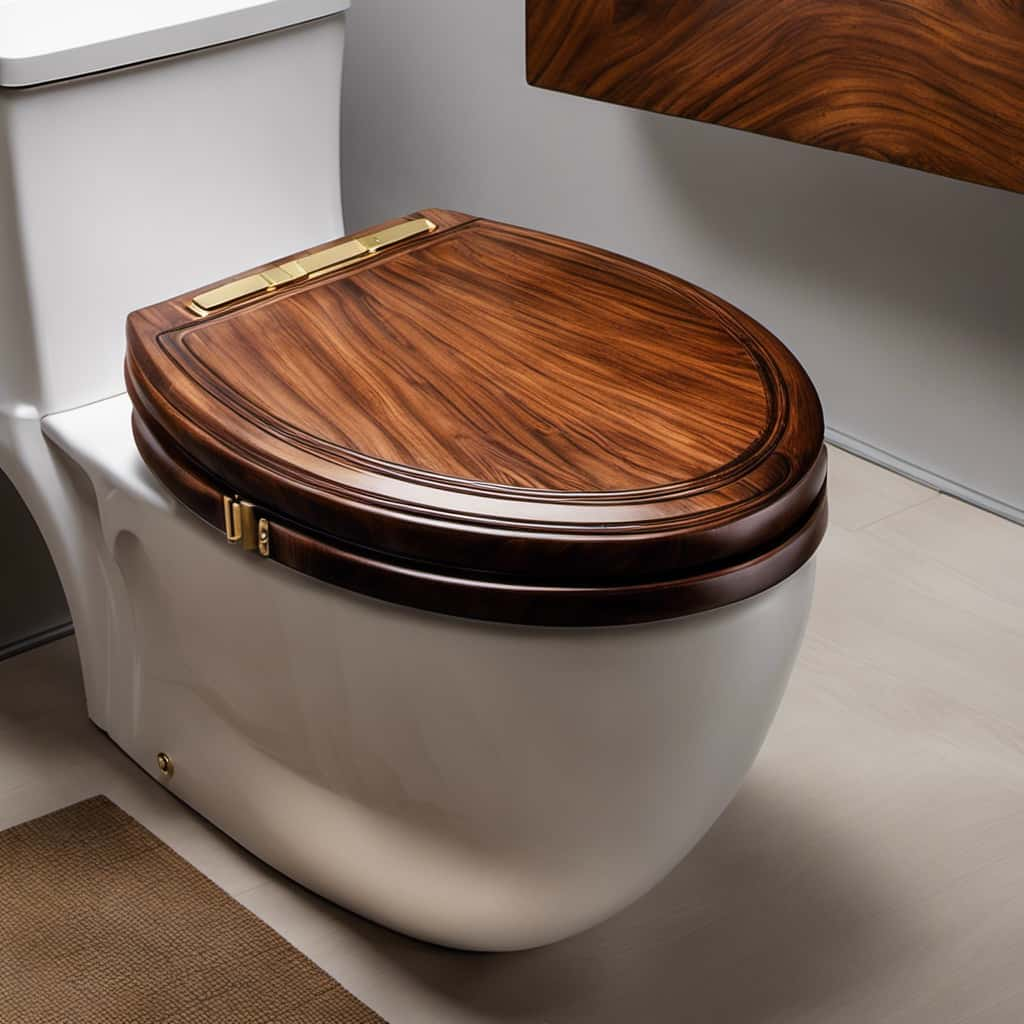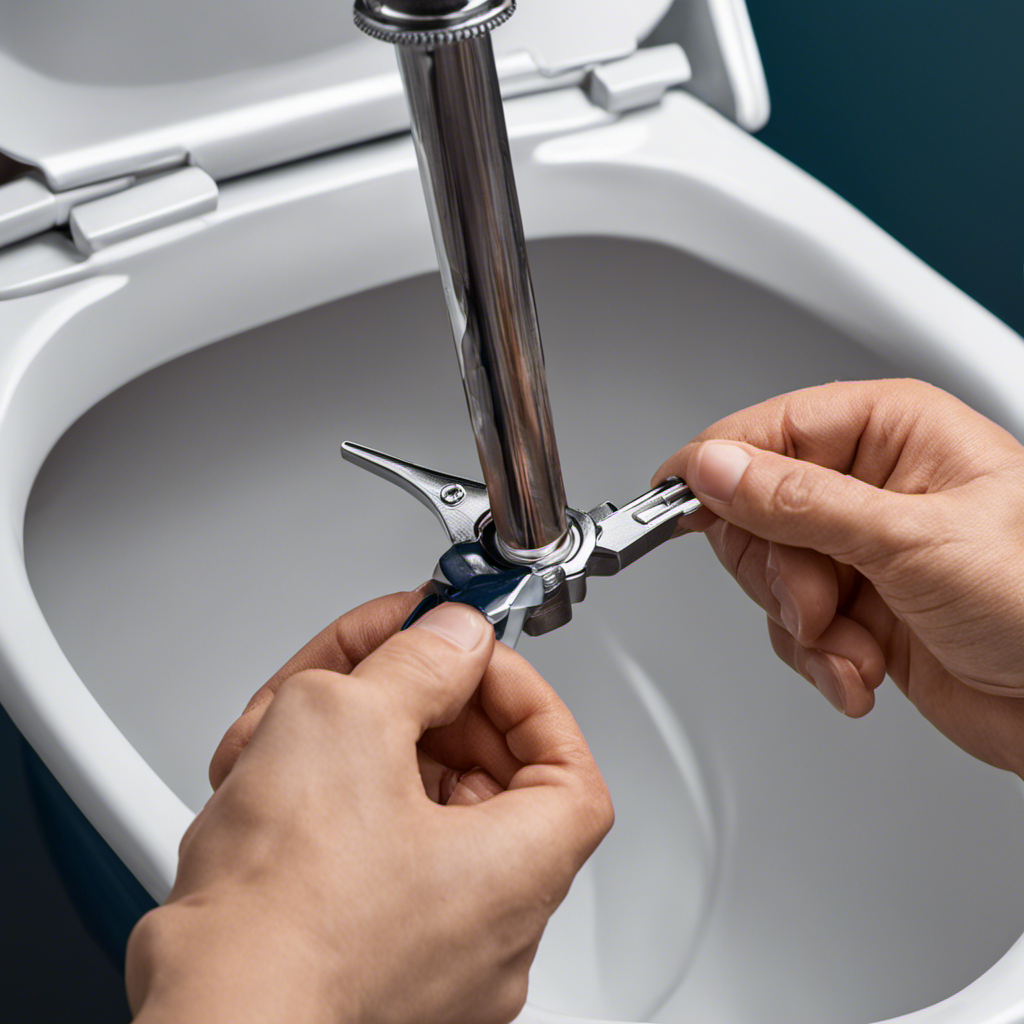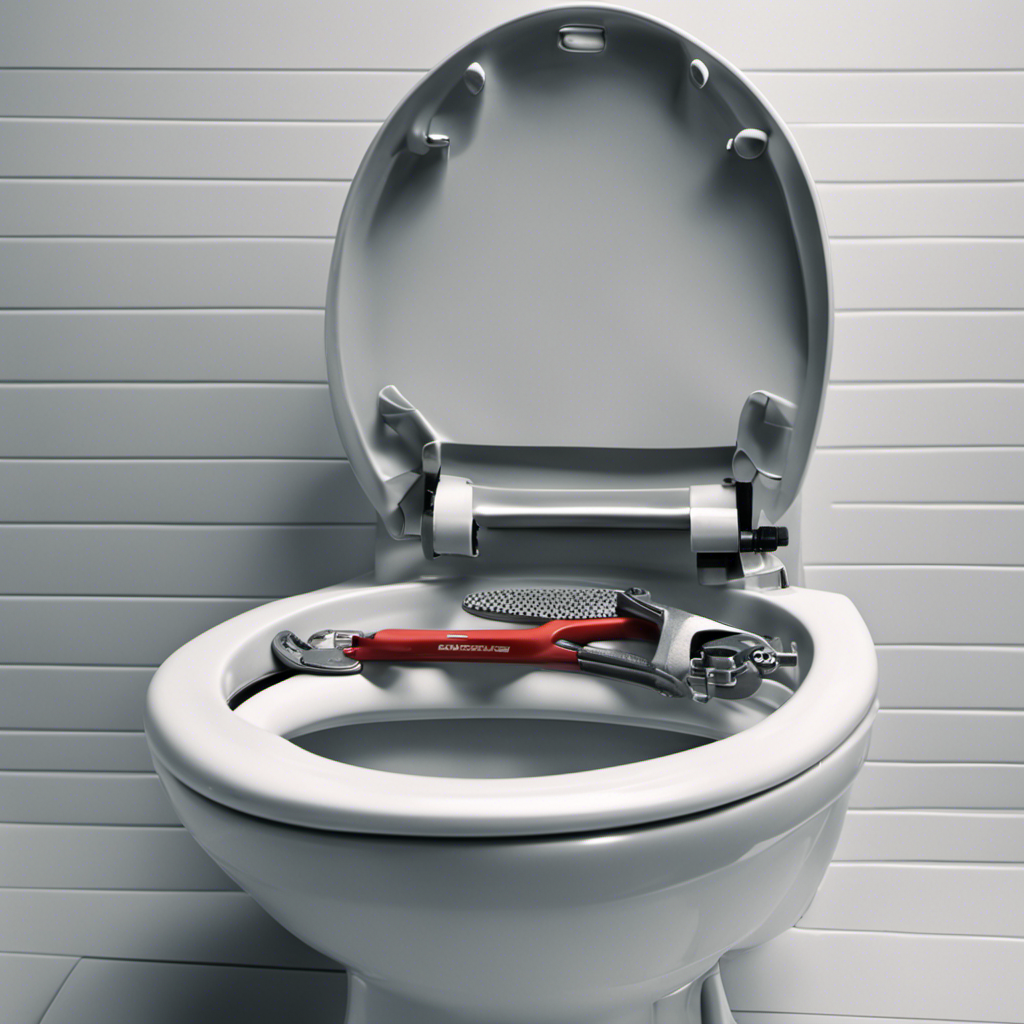Have you ever wondered how much water we actually use when our water softener goes through the regeneration process? Understanding this is crucial for those of us who want to conserve water and minimize our environmental impact.
In this article, we will explore the factors that influence water consumption during regeneration, the average water usage during a typical cycle, and strategies for reducing water usage.
By the end, you’ll have the knowledge to choose a water softener that aligns with your water conservation goals.
Key Takeaways
- Water softeners can use around 50-100 gallons of water per regeneration cycle, leading to significant water consumption and environmental impact.
- Strategies such as time-based control and demand-initiated regeneration can help reduce water wastage during regeneration.
- Choosing a modern water softener with efficient design and advanced technology, such as counter-current regeneration and dual-tank systems, can optimize water usage.
- Water softener efficiency and eco-friendly options, including high efficiency ratings and innovative features like demand-initiated regeneration, are important for reducing water consumption, saving money on water bills, and aligning with sustainable practices.
Importance of Understanding Water Softener Water Usage
To fully grasp the significance of water softener water usage, we must delve into the details of how much water is actually consumed during the regeneration process. Understanding this is crucial for developing effective strategies for conserving water during regeneration and minimizing the impact of water softener water usage on the environment.

During the regeneration process, water is used to flush out the accumulated minerals from the resin bed of the water softener. This flushing process involves several stages, including backwashing, brining, and rinsing. Each of these stages requires a certain amount of water to effectively remove the minerals and restore the resin bed’s capacity to soften water.
To conserve water during regeneration, various strategies can be implemented. These include adjusting the regeneration frequency based on actual water usage, optimizing regeneration settings, and using high-efficiency water softeners that require less water for regeneration. By implementing these strategies, significant reductions in water consumption can be achieved, leading to a positive impact on the environment.
Factors That Influence Water Consumption During Regeneration
Factors that influence water consumption during regeneration include the hardness of the incoming water, the size and type of the water softener, and the settings and programming of the regeneration process.
To understand the factors affecting regeneration efficiency and the impact of water hardness on the regeneration process, consider the following:

- Hardness of the incoming water: Water with higher hardness levels requires more regeneration cycles, leading to increased water consumption.
- Size and type of the water softener: Larger water softeners typically have higher water flow rates during regeneration, resulting in higher water consumption.
- Settings and programming of the regeneration process: The frequency and duration of regeneration cycles, as well as the amount of water used for backwashing and rinsing, can significantly affect water consumption.
By considering these factors, water softener users can optimize their systems for efficient regeneration, minimizing water usage while still achieving effective water softening.
Now, let’s explore the average water usage during a typical regeneration cycle.
Average Water Usage During a Typical Regeneration Cycle
In our previous discussion, we explored the factors that influence water consumption during regeneration. Now, let’s delve into the average water usage during a typical regeneration cycle.
During this process, a water softener goes through various stages such as backwashing, brine draw, and rinse cycles. On average, a water softener can use around 50-100 gallons of water per regeneration cycle. This can have a significant impact on water consumption and the environment, especially considering that the average household regenerates their water softener every 7-10 days.

The excessive water usage not only strains our water resources but also contributes to increased energy consumption and carbon emissions associated with water treatment and heating. Understanding the average water usage during regeneration is crucial to developing effective strategies for conserving water and mitigating the environmental impact caused by water softeners.
Transitioning into the subsequent section, let’s now explore strategies for reducing water usage during regeneration.
Strategies for Reducing Water Usage During Regeneration
One effective approach to address the excessive water usage during regeneration is by implementing water-saving techniques. These strategies for conservation not only help reduce water wastage but also have a positive impact on the environment. Here are three strategies to consider:
- Time-based control: By setting the water softener to regenerate during low-demand periods, such as late at night or early in the morning, you can minimize the impact on daily water usage.
- Demand-initiated regeneration: Installing a water softener that regenerates based on actual water usage rather than a fixed schedule can significantly reduce water consumption. This ensures that regeneration only occurs when necessary.
- High-efficiency systems: Upgrading to a modern water softener model that utilizes advanced technology, such as counter-current regeneration or dual-tank systems, can optimize water usage and minimize wastage.
Considerations for Choosing a Water Softener With Lower Water Consumption
To further reduce water usage during regeneration, we should explore options for selecting a water softener with lower water consumption. One important consideration is water softener efficiency. Look for models that have high efficiency ratings, as they’re designed to use less water during the regeneration process. These water softeners typically have advanced technologies that optimize the use of water and salt, reducing waste.

Additionally, eco-friendly water softeners are worth considering. These systems are designed to be environmentally friendly by minimizing water and salt usage. They may employ innovative features such as demand-initiated regeneration, which regenerates the system only when necessary, further reducing water consumption.
Frequently Asked Questions
How Does a Water Softener Work to Remove Hardness From Water?
A water softener works by using a process that removes water hardness. This involves the use of specialized resin beads that exchange calcium and magnesium ions for sodium ions, resulting in softer water.
What Are the Benefits of Using a Water Softener?
Using a water softener has numerous benefits, including the cost effectiveness of these devices. They help remove hardness from water, resulting in cleaner clothes, longer appliance lifespan, and reduced soap usage.
Can I Install a Water Softener Myself, or Do I Need Professional Help?
When installing a water softener, it is important to consider whether to do it yourself or seek professional help. There are pros and cons to both options, so careful research and consideration are necessary.

Are There Any Potential Health Risks Associated With Using a Water Softener?
There are potential side effects associated with using a water softener such as increased sodium levels and reduced mineral intake. Additionally, the regeneration process can have an impact on the environment due to water usage.
How Often Does a Water Softener Need to Be Regenerated?
Water softeners need to be regenerated periodically to maintain their effectiveness. The frequency of regeneration depends on water usage and hardness level. It typically takes 1-2 hours, and overuse can lead to reduced efficiency.
Conclusion
In conclusion, understanding the water usage of a water softener during regeneration is crucial for efficient and sustainable water management.
Factors such as the size of the system and the hardness of the water can influence water consumption.

By implementing strategies to reduce water usage and selecting a water softener with lower consumption, we can minimize the environmental impact while still enjoying the benefits of softened water.










